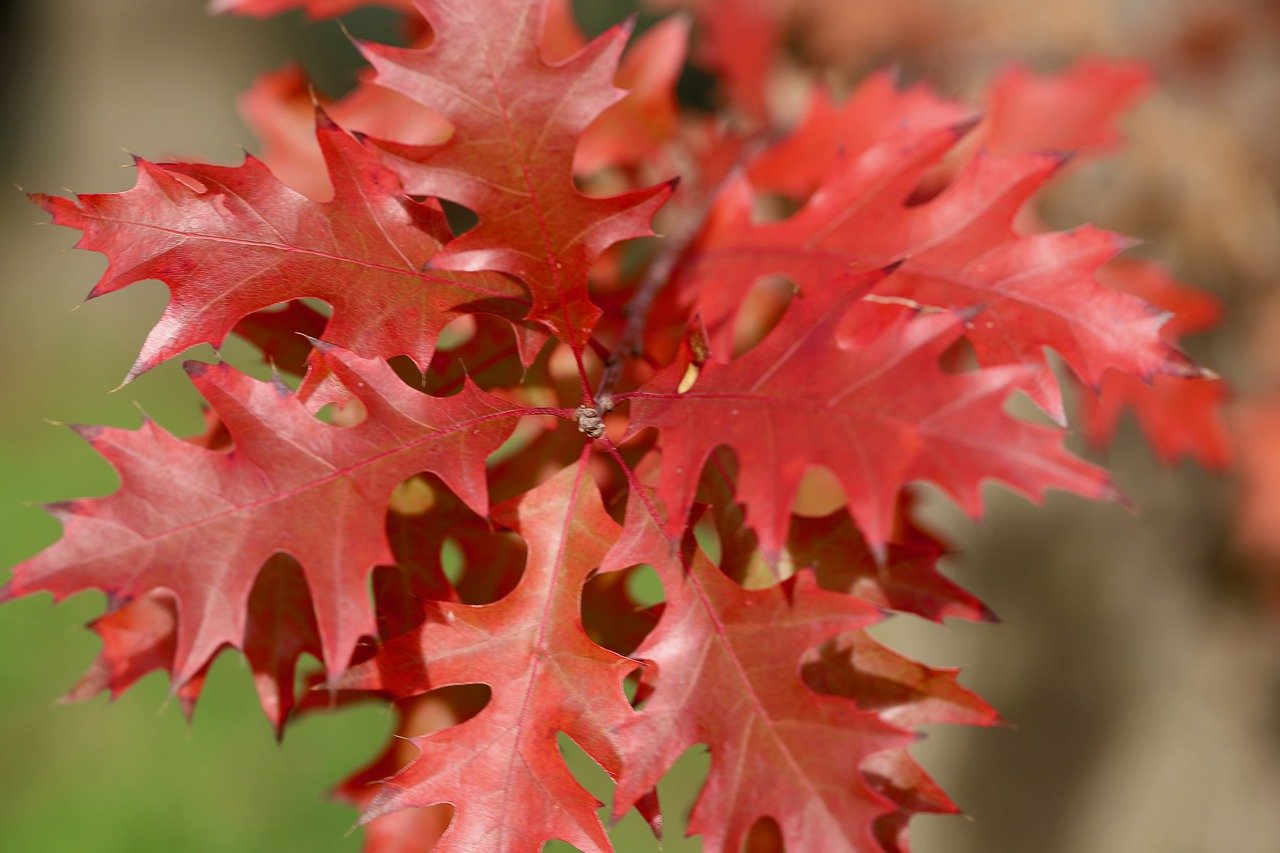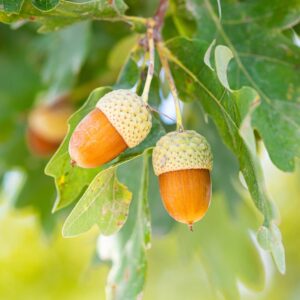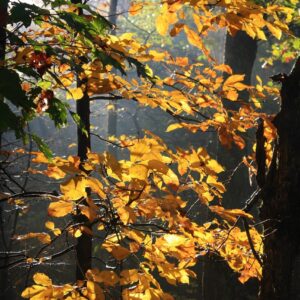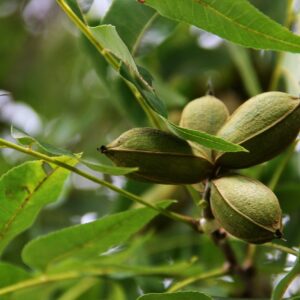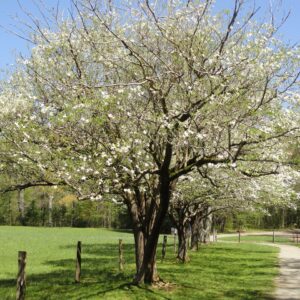Red Oak (Quercus rubra), also known as Northern Red Oak, is a prominent and widely recognized deciduous tree native to eastern and central North America. It is admired for its rapid growth, attractive foliage, and valuable wood. Red Oak (Quercus rubra) is a robust and versatile tree known for its impressive size, attractive foliage, and valuable wood. Its adaptability to various soil types and its striking fall color make it a popular choice for both ornamental and practical uses in landscapes and wood products.
Appearance:
Size: Red Oak typically grows 60-75 feet (18-23 meters) tall with a spread of 45-60 feet (14-18 meters). In optimal conditions, it can reach up to 100 feet (30 meters) in height. It has a broad, rounded to oval canopy with a dense, spreading growth habit.
Leaves: The leaves are lobed and measure about 4-8 inches (10-20 cm) long. They have 7-11 pointed lobes with deep sinuses and are dark green on the upper surface and lighter green underneath. In the fall, the foliage turns a brilliant red to reddish-brown, providing vibrant seasonal color.
Flowers: Red Oak produces small, inconspicuous flowers in early spring (April to May). The flowers are arranged in catkins, with male flowers in long, slender clusters and female flowers in short spikes. The flowers are not particularly showy but are crucial for the tree’s reproduction.
Fruit: The fruit is an acorn, about 1-1.5 inches (2.5-4 cm) long, with a shallow, saucer-like cup that covers only the base of the nut. The acorns mature in the fall and are an important food source for wildlife, including squirrels, deer, and birds.
Bark: The bark is light gray to brown and has a distinctive ridged and furrowed texture. The ridges are narrow and the furrows are deep, giving the tree a rugged, attractive appearance.
Habitat: Red Oak prefers well-drained soils and is commonly found in mixed hardwood forests, upland woods, and along ridges. It thrives in a variety of soil types, including loam, clay, and sandy soils. It is hardy in USDA Hardiness Zones 4 to 8.
Uses:
Ornamental: Red Oak is valued for its large size, attractive foliage, and fall color. It is often used as a specimen tree in large landscapes, parks, and urban settings. Its broad canopy provides excellent shade.
Economic: The wood of Red Oak is highly prized for its strength, durability, and appearance. It is used in furniture, cabinetry, flooring, and millwork. The wood is also used in making barrels for aging wine and spirits due to its porous nature.
Ecological: The tree provides habitat and food for a variety of wildlife. The acorns are a key food source for many animals, and the large canopy offers shelter and nesting sites for birds and other creatures.
Care:
Pruning: Prune Red Oak in late winter or early spring before new growth begins. Pruning helps maintain the tree’s shape, remove any dead or damaged branches, and improve air circulation within the canopy. Avoid heavy pruning during the growing season to minimize stress on the tree.
Watering: The tree prefers regular watering, especially during dry periods. It is tolerant of brief droughts once established but thrives in consistently moist soil.
Fertilizing: A balanced, slow-release fertilizer applied in early spring can support healthy growth. Red Oak is not overly demanding in terms of fertilization but may benefit from additional nutrients in poor soils.
Pests and Diseases: Red Oak can be affected by pests such as oak wilt, aphids, and gypsy moths, as well as diseases like powdery mildew and leaf spot. Regular monitoring and proper care can help manage these issues. Oak wilt is particularly concerning and may require prompt intervention to prevent spread.

